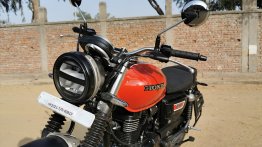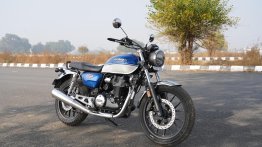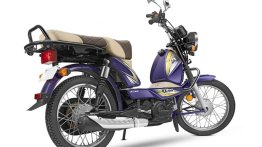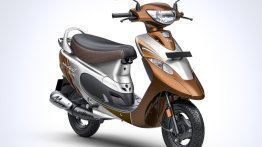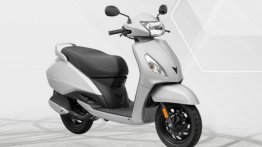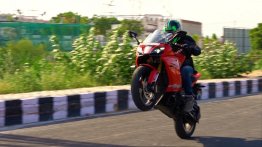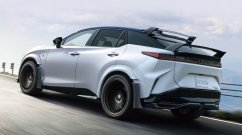Among the first BS-VI compliant TVS motorcycles to reach the market are the RTR 200 4V and the RTR 160 4V. We got a chance to test ride both the motorcycles at TVS Motor Company’s Hosur plant including Apache RTR 200 4V and TVS Apache RTR 160. In this post, we share our first ride experience with the TVS Apache RTR 160 review.
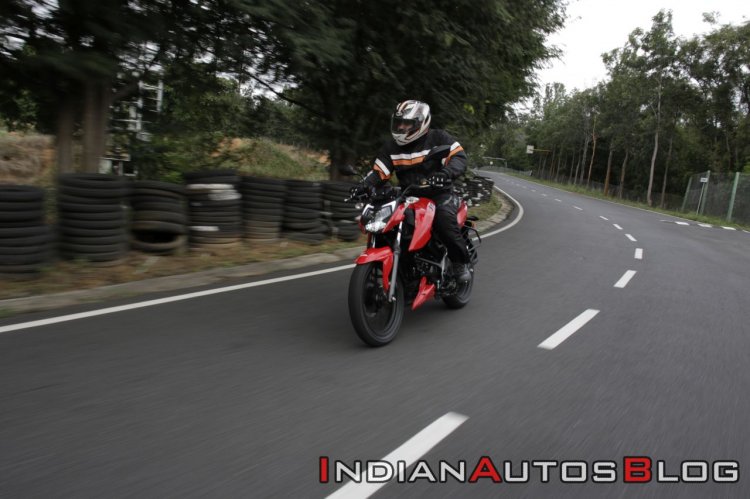
Styling and Features
Like its bigger sibling, the 2020 Apache RTR 160 4V features very few styling upgrades to limit the price increase. The base variant (rear drum) of the BS-VI Apache RTR 160 4V is costlier by INR 7,644, while the higher-spec (rear disc) version is INR 7,694 more expensive.
While the styling upgrade exercise isn’t too comprehensive, the 2020 Apache RTR 160 4V does pack some new features. The front fascia now features a full LED headlight and redesigned LED DRLs. In comparison, the previous model used a halogen headlight. TVS has also updated the rear-view mirror design, and the new units are claimed to be aerodynamically better.
Also Read: TVS Motors riding gear and apparels - All you need to know
Unlike the RTR 200 4V, the smaller displacement version does not pack the SmartXonnect system. However, TVS may add the feature to the motorcycle in the future. The finer details about that are yet to be announced. With the absence of the SmartXonnect tech, the information layout remains unaltered, and the console on the Apache RTR 160 4V continues to display all the ride related information such as the tachometer, speedometer, fuel gauge, odometer and two trip meters. The display also records the achieved top speed and the 0-60 km/h time recorder.
A gear position indicator is absent for the time being, although that feature could arrive (yet to be confirmed) in the future.
The 2020 TVS Apache RTR 160 4V uses the same bodywork as the BS-IV version. Thus, you would find a familiar-looking fuel tank, seat setup (although dual-tone in the latest form) and other body panels. That said, the updated graphics give the vehicle a refreshed look. The build quality is solid, and the fit and finish of the Apache RTR 160 4V continue to be at par with its rivals, if not better.
On the downside, and we have already mentioned this point for the 2020 Apache RTR 200 4V too, the new LED DRLs are not as appealing as the compact units on the BS-IV model. It is, however, a matter of choice, and some people may like the new design. The 2020 Apache RTR 160 4V is available in three colour options – Racing Red, Metallic Blue and Knight Black.
TVS Apache RTR 160 Review | Walkaround & Price
Engine and Performance
The BS-VI emission norms have marginally affected the power and torque output numbers on the Apache RTR 160 4V. The figures, however, are not drastically lower than before. The 159.7 cc, 4-valve, oil-cooled, single-cylinder engine produces 16.02 PS of maximum power at 8,250 rpm (down from 16.80 PS) and 14.2 Nm of peak torque at 7,250 rpm (down from 14.8 Nm). The claimed top speed stands at 114 km/h. With a 90 kg rider onboard, we saw a speedometer-indicated maximum speed of 109 km/h.
The engine, like that of the Apache RTR 200 4V, aims to deliver a low- and mid-range performance. Thus, the motor feels comfortable anywhere between 3,500 rpm to 8,500 rpm. Redline of the single-cylinder motor stands at 11,000 rpm, although it starts to run out of breath from 9,000 rpm onwards. The engine is paired with a five-speed gearbox, although the lower displacement Apache RTR 160 4V does not get a slipper clutch system. The transmission is smooth and precise, and apart from a single false neutral, we did not face any troubles during our ride.
Also read: BS-VI 2019 Honda Activa 125 - First Ride Review
The new Glide Through Traffic (GTT) technology also debuts on the Apache RTR 160 4V. The new tech aims to make the rider’s life easier in bumper-to-bumper city traffic. Gradually leaving the clutch lever without any throttle input moves the vehicle forward. The system works at a particular speed, and not at any RPM level. Thus, the motorcycle will keep moving at the preset speeds, irrespective of the road incline.
Anchoring setup is available in two options – 130 mm rear drum brake or a 200 mm petal-type disc. We tested the premium version among the two and were quite content with the overall performance. Stopping power at the front comes from a 270 mm petal-type disc at the front. The hardware deliverers a progressive performance, although some more initial bite would have been great.
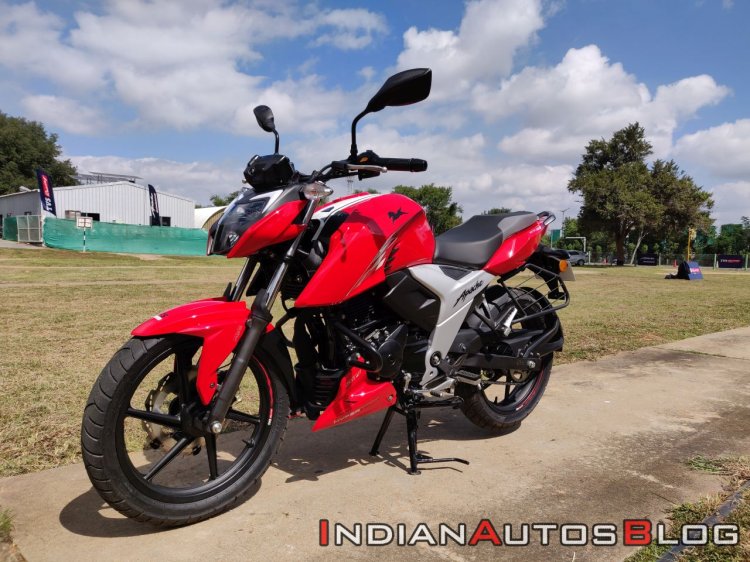
The safety net comprises a single-channel ABS while the Rear Lift-off Protection is not available on the vehicle.
Ride and handling
The rider’s triangle on the BS-VI TVS Apache RTR 160 4V focuses on city-friendly ergonomics. Unlike the Apache RTR 200 4V, the Apache RTR 160 4V uses a single-piece handlebar. The position is slightly forward-leaning to add some amount of sportiness to the package.
The motorcycle has the same suspension setup that as its predecessor. Thus, the shock absorption department comprises conventional telescopic forks at the front and a mono-shock at the back. While the motorcycle felt planted for most of the ride, a minor unevenness on the last corner of TVS Motor Company’s Hosur test track made the vehicle slightly uncomfortable.
In terms of refinement, the Apache RTR 160 4V feels smooth until you venture into the higher rev band. Vibrations from the footpegs are evident after 9,000 rpm.
TVS Apache RTR 160 Review - Verdict
The TVS Apache RTR 160 4V is one of the most appealing motorcycles in its segment. Its BS-VI version, with its enhanced feature list, makes it even more desirable, although the various changes have led to a price hike. The base version, which uses a disc brake at the back, is available for INR 99,950* (an increase of INR 7,644*) while the rear disc brake variant retails at INR 1.03 lakh* (an increment of INR 7,694*).
Also Read: TVS Jupiter Classic BS-VI launched at INR 67,911
The motorcycle, similar to the model it replaces, looks stylish and appealing, and the new headlight setup further enhances the visual appeal. The LED DRLs could’ve been better and I’m still a fan of the compact units on the BS-IV model. The SmartXonnect system could have been a neat addition too, and we hope to see that feature on the motorcycle in the near feature.
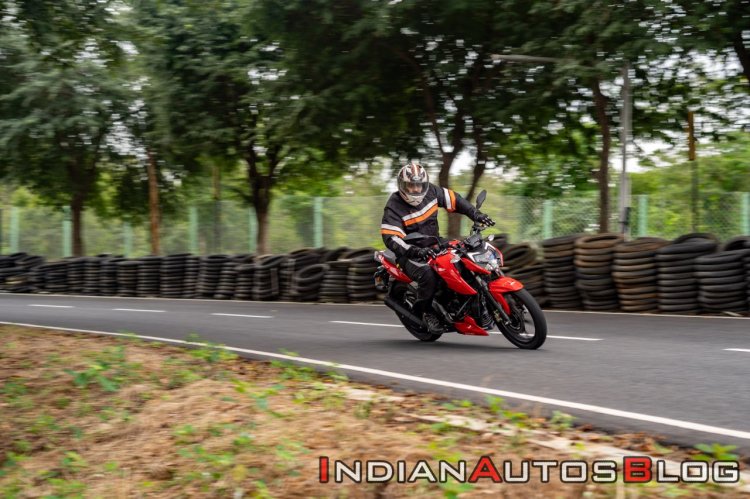
If you can live without Bluetooth connectivity, and the additional features, the Apache RTR 160 4V does come across as the near-perfect package.
*Ex-showroom Delhi
Update the latest news of TVS Apache RTR 160 and bike review, stay tunned on Indianautosblog!

















































